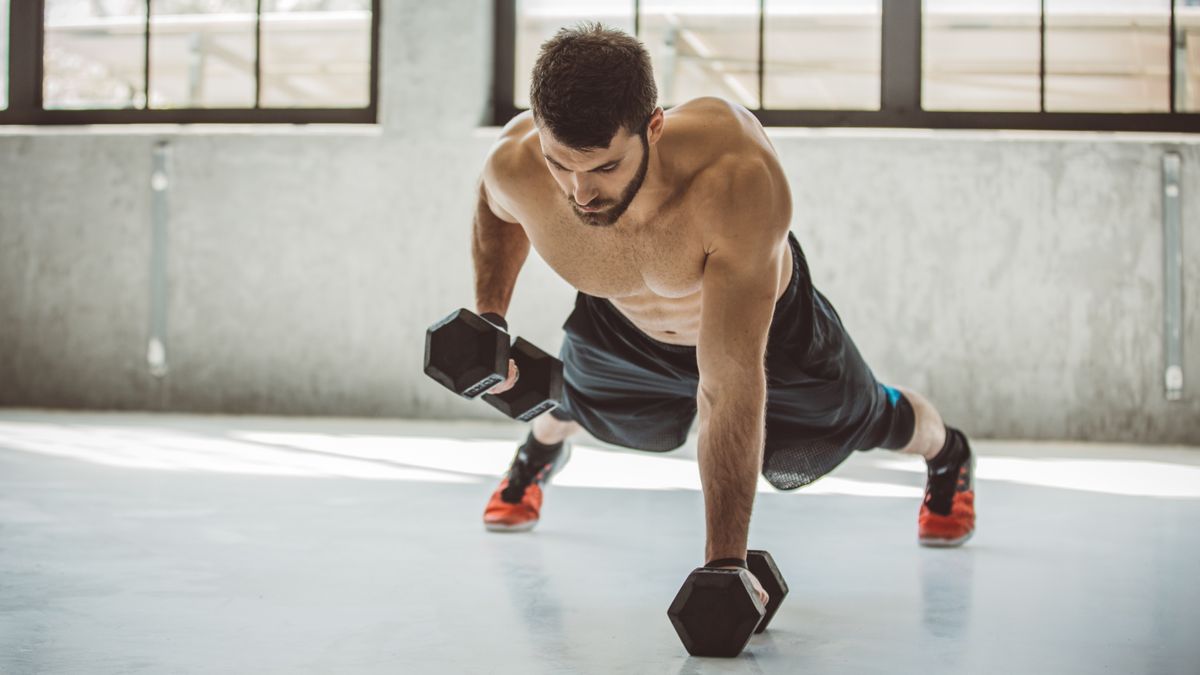I’m not someone who generally struggles to find the motivation to exercise in general — I run most days and enjoy cycling too — but I’ve never managed to get into a routine where I do regular strength training, despite it being my one and only New Year’s resolution to do so in recent years.
Strength training is important for everyone, and certainly runners, who can benefit from improved performance and injury resilience by doing the right kind of supportive strength workouts.
This year I have a new approach that I hope will make me stick with regular strength training and it’s one I think will suit a lot of people, not just runners — micro workouts.
What are micro workouts?
Up until now my approach to strength training has been to try and do two or three workouts a week that were at least 30 minutes long. This shouldn’t have been that hard to fit in, but after a few years of failing to do this, I decided a new approach was needed.
I found that approach when I asked specialist musculoskeletal physiotherapist Patrick Carroll for a strength workout for runners last year. Carroll is the creator of the Running Buddy app, which provides strength training programmes for runners, and in the app there are a selection of micro workouts.
These involve doing three exercises in total before and after your run. Before you run you do a plyometric move like pogo hops or broad jumps, then afterwards you do two strength moves, such as single-leg box squats or calf raises.
The workouts fit with Carroll’s key advice for runners, which is to prioritize three ingredients in your strength training — something explosive, something on one leg, and something focused on your calf muscles.
Most of the workouts require some kind of weights — I’ve been using one or two 27.5lb weights, but a set of adjustable dumbbells would give you more flexibility to pick the right weight for each move.
Micro workouts are more accessible
In total these quick workouts take about five minutes before your run and 10 minutes or so afterwards, and I do them at a time when I’ve already changed into my running kit, so I’m mentally prepared to exercise.
This makes them much more accessible in my mind than having to gear up and find the motivation for a separate, longer workout (which you can also find in the Running Buddy app, when you do have the time and motivation).
Instead of aiming for two to three workouts a week, I’m now lining up three or four micro workouts, and having started this approach in late December so far it’s working for me.
I’ve managed to do each and every workout so far, and judging by the DOMS in my legs afterwards, they’re certainly doing something to improve my strength.
MIcro workouts might suit you too
While my resolution was focused on strength workouts to support my running, I do think micro workouts could be an approach used by anyone who has struggled to maintain a training routine with longer sessions in the past. At least they might help start you off and get into the rhythm of regular workouts.
This approach also highlights some of the classic barriers to training, like finding the time and simply summoning the motivation to actually change into gym kit. If you put your kit on first thing in the morning, it might just help you move quickly into workout mode when you have five to 10 minutes spare later.
You can also do the short workouts as standalone sessions, and because they only involve doing a few moves, I’ve found I can do them in normal clothes without getting sweaty.
My hope is that I can keep finding the motivation to do these workouts, and after a while doing so results in me starting to find the enjoyment in strength training I get from running, and then moving onto longer strength workouts as a result. It’s early days, but hopefully I might finally crack my New Year’s resolution in 2025.
More from Tom’s Guide
Source link
